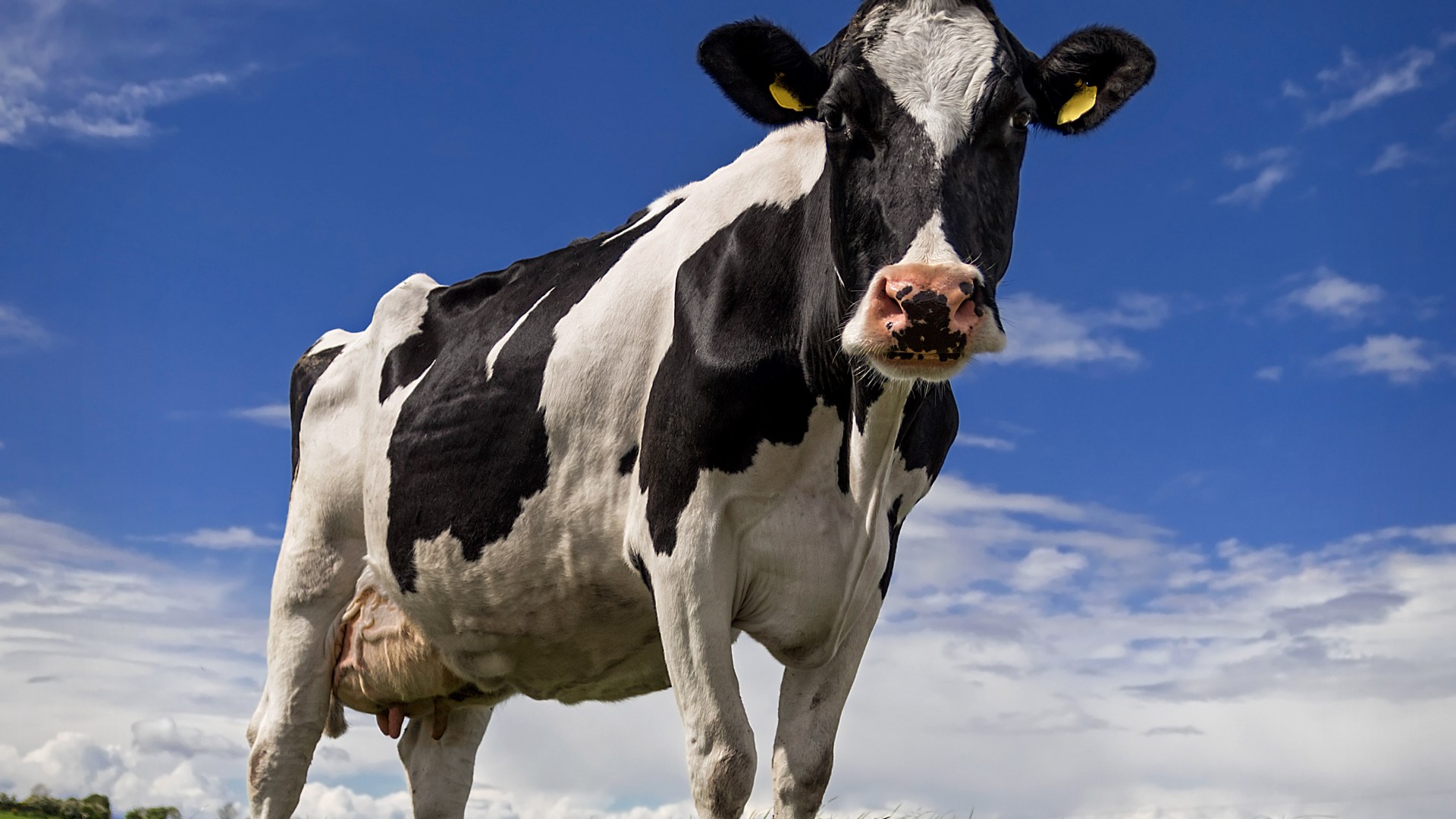THE bird flu virus that is spreading in US dairy cows may be better at infecting humans than other circulating strains, scientists warn.
H5N1 has been confirmed in cows on 140 farms across 12 states, with traces also being discovered in pasteurised milk sold in supermarkets.

4

4
It’s thought that the outbreak began when cows on a Texas farm contracted the virus from wild birds.
At least four people working closely with the animals have caught the bug, though their symptoms were mild and they did not pass the virus on to others.
New research from scientists at the University of Wisconsin-Madison in the US shows the new cow virus can bind to receptors on the cells in the human respiratory tract.
These receptors are how flu viruses typically enter and infect human cells.
The version of H5N1 found in birds cannot do that, suggesting the bovine virus has mutated.
The study also confirmed that the virus can be transmitted efficiently through contaminated milk.
Milk from an infected cow in New Mexico made both mice and ferrets sick after they consumed as little as a single drop.
However, further tests on ferrets revealed the virus could not spread as effectively through simply breathing.
In the experiment, a sample of the H5N1 bird flu strain was placed near healthy animals, but not close enough for physical contact.
None of the four healthy ferrets exposed became sick or showed symptoms.
Just one ferret produced antibodies to the virus, the experts later found, suggesting it had been infected.
A virus that can spread easily through the air between humans would pose a bigger pandemic threat than H5N1 currently does, scientists say.
‘HARDER TO CONTROL’
Despite this good news, Dr Ed Hutchinson, from the Medical Research Council and University of Glasgow Centre for Virus Research, said there were still “reasons to be concerned”.
“When they compared their cow flu isolate to bird flu they found that it had already begun to gain some of the properties that would be associated with the ability to spread effectively through respiratory infections in humans,” Dr Hutchinson, who was not involved in the study, said.
“To be clear, it does not appear to be doing this yet, and none of the four human cases so far reported have shown signs of onward transmission.
“However, this new H5N1 influenza virus would be even harder to control, and even more dangerous to humans, if it gained the ability for effective respiratory spread.
“Although it is good news that cow flu cannot yet do this, these findings reinforce the need for urgent and determined action to closely monitor this outbreak and to try and bring it under control as soon as possible.”

4
WHAT IS BIRD FLU?
H5N1 first emerged in 1996, but since 2020, the number of bird outbreaks has grown exponentially.
Since then, the virus has killed millions of birds and thousands of mammals worldwide.
The World Health Organisation (WHO) says the current risk to people is low as there is no evidence yet of any human-to-human transmission.
But experts fear the sheer scale of the current outbreak could give the virus more opportunities to mutate, enabling H5N1 to better spread in humans.
Exisiting evidence shows the death rate in humans can be as high as 60 per cent.
At least 882 people have been infected with bird flu in the past 20 years – and 461 of these died.
There is no human bird flu jab on the market, but the UK government is said to be drawing up plans to stockpile regular flu vaccine in case of a pandemic.
The research is published in the scientific journal Nature.

4
The symptoms of bird flu
THE main symptoms of bird flu can appear very quickly.
- A very high temperature or feeling hot or shivery
- Aching muscles
- Headache
- A cough or shortness of breath
Other early symptoms may include:
- Diarrhoea
- Sickness
- Stomach pain
- Chest pain
- Bleeding from the nose and gums
- Conjunctivitis




